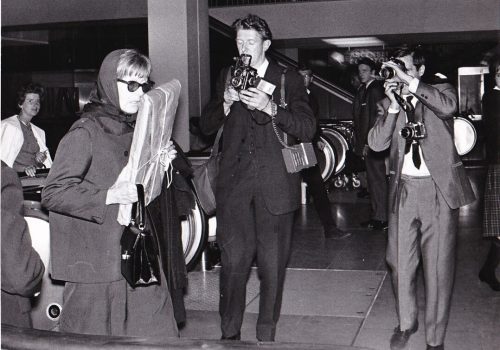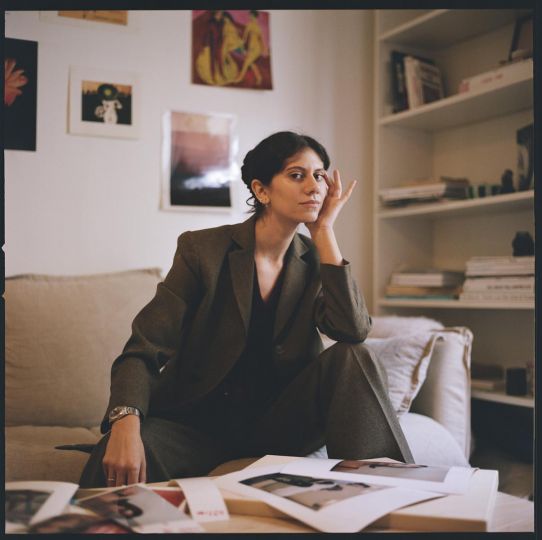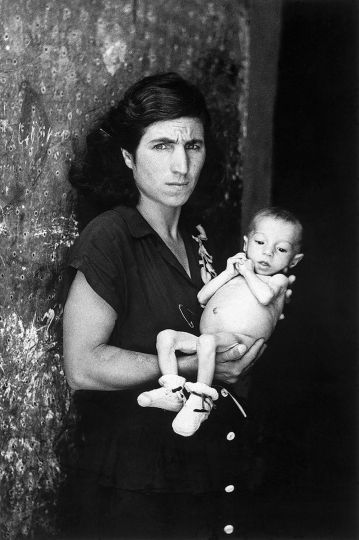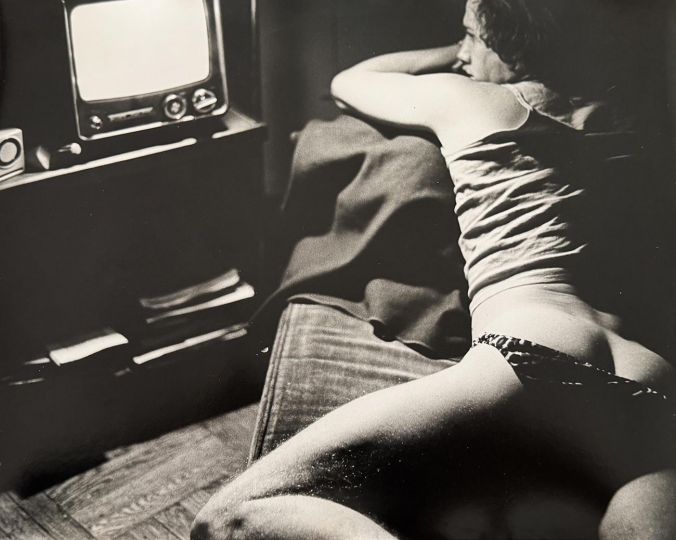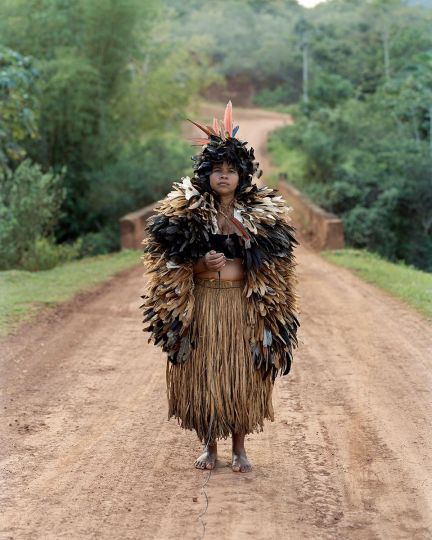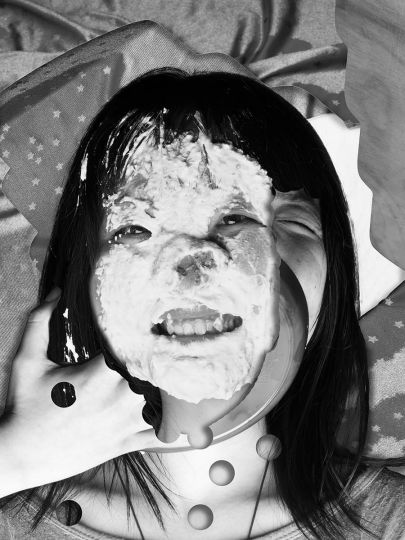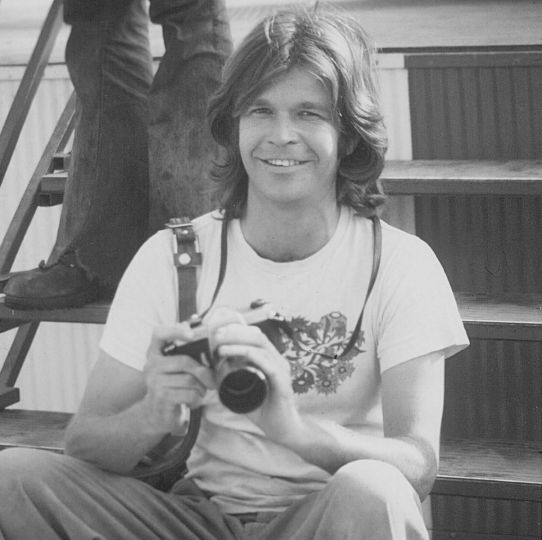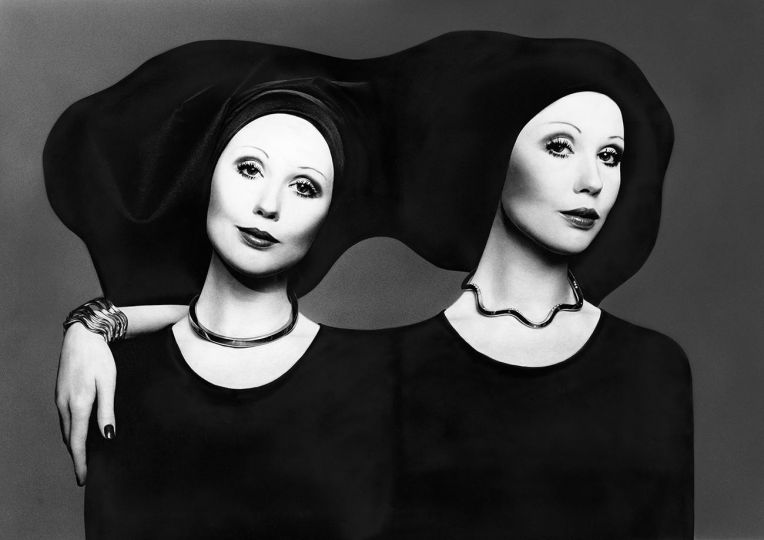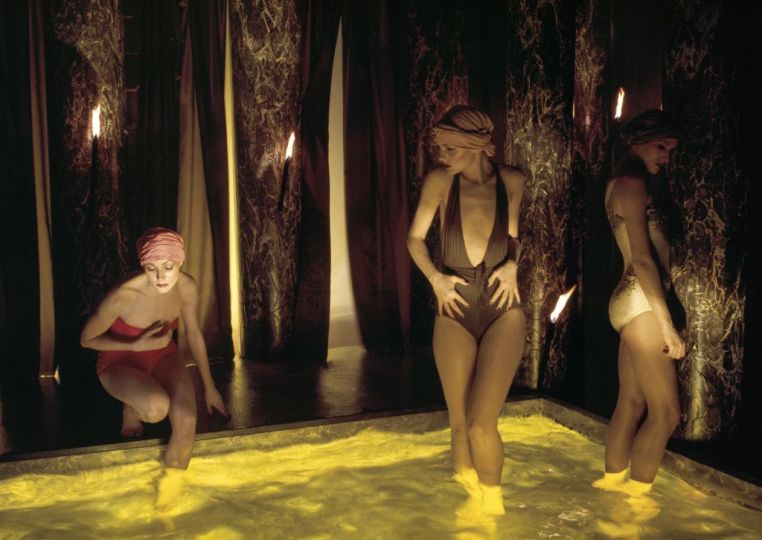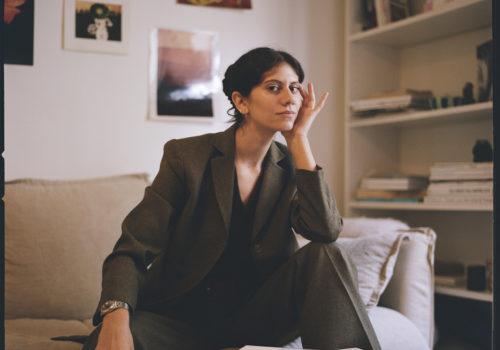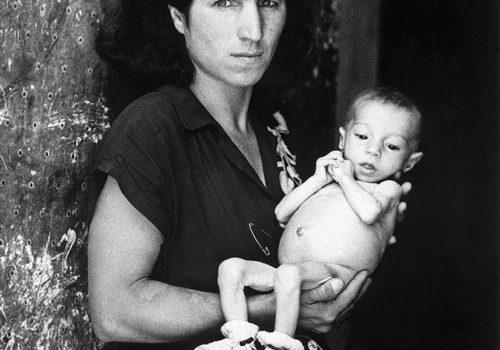On April 2, 2020, at the age of 91, photographer André Sas died in Saint-Maur-des-Fossés (Val de Marne). In October 2019, Mohamed Lounès, of the Gamma agency, and Christian Ducasse, who knew him at the Association of Journalist Reporters Photographers, still found him sparkling.
But since the death of Lucette, his wife from Marseille, he had lived with difficulty in his apartment in the Marais. Finally, he ended up in a retirement home in the Val-de-Marne.
He was born on September 26, 1928 in Marseille. In the land of Cannebière he had been a baker before his uncle, photographer Louis Foucherand, brought him to the capital. He became a photographer and friend of Raymond Depardon.

